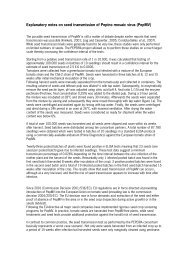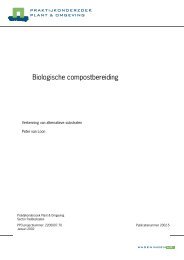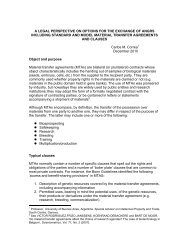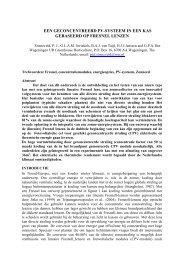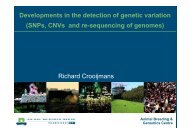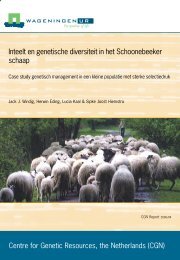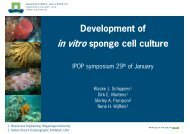Oil spill dispersant article
Oil spill dispersant article
Oil spill dispersant article
You also want an ePaper? Increase the reach of your titles
YUMPU automatically turns print PDFs into web optimized ePapers that Google loves.
CASE STUDY 2<br />
The Braer oil <strong>spill</strong> - an example of<br />
natural dispersion of oil<br />
In the morning of 5th January 1993 the tanker<br />
Braer, en route from Norway to Canada and<br />
laden with 84,700 tonnes of Gullfaks crude oil,<br />
lost all power 15 km south of Shetland. By<br />
midday she was aground in very rough seas<br />
with wind speeds of Beaufort Force 10 and 11<br />
and started to leak oil. Just over 100 tonnes<br />
of <strong>dispersant</strong> was sprayed on the oil on the<br />
next day (January 6th) from six DC-3 aircraft.<br />
The weather then deteriorated and no further<br />
signifi cant <strong>dispersant</strong> spraying was possible until<br />
January 9th when a further 20 tonnes of <strong>dispersant</strong><br />
was sprayed. Large oil releases were<br />
observed on the morning of January 9th, with<br />
a massive release on the afternoon of January<br />
11th when the ship broke into three sections.<br />
By January 24th the wreck had been totally<br />
broken up and it was judged that all the 84,700<br />
tonnes of crude oil and several hundred tonnes<br />
of Heavy Fuel <strong>Oil</strong> had been released. Gullfaks<br />
crude oil does not readily form stable water-inoil<br />
emulsions. The extremely rough seas caused<br />
all of the oil to be naturally dispersed into the<br />
water column. It was estimated that the <strong>dispersant</strong><br />
may have dispersed only 2 - 3% of the total<br />
volume of oil released - nature dispersed the<br />
rest.<br />
The concentration of dispersed oil in water<br />
around the wreck was very high; values as high<br />
as 50 ppm (20,000 times background level) were<br />
measured for several days as the oil escaped. Ten<br />
days after the incident, the oil concentration was<br />
measured to be 5 ppm. The water containing<br />
the dispersed oil drifted northwards and the oil<br />
concentration fell as dilution occurred, eventually<br />
falling to background levels 60 -70 days after<br />
the incident. Some oil became entrained in sediments<br />
to the south of the Shetlands.<br />
The waters around Shetland are rich fi shing<br />
grounds and sea fisheries are a central feature of<br />
Shetland’s economy. Shellfi sh and salmon farming<br />
are large contributors to wealth and employment.<br />
The potential impact of the Braer oil <strong>spill</strong><br />
was very high. Precautionary fi shing bans were<br />
put in place and a long series of studies were<br />
undertaken. The ban on fi shing for all species of<br />
wild fi sh was lifted in April 1993. The bans on<br />
the taking of shellfi sh persisted for longer. The<br />
salmon farms had been badly affected, mainly by<br />
the loss of the reputation for pure products.<br />
Some tainting of the salmon fl esh was found, but<br />
this declined with time and there was no further<br />
recontamination from oil that might have been<br />
trapped in sediments. However, it was decided<br />
to destroy all the salmon so that a fresh start<br />
could be made with the confi dence of consumers<br />
restored.<br />
Effects<br />
An extensive series of studies were carried out<br />
after the Braer oil <strong>spill</strong> by ESGOSS (the Ecological<br />
Steering Group on the <strong>Oil</strong> Spill in Shetland)<br />
(Scottish Offi ce 1994). They concluded that:<br />
“The impact of the oil <strong>spill</strong> on the environment<br />
and ecology of South Shetland had been minimal.<br />
Adverse impacts did occur but were both<br />
localised and minimal. The resilience of ecosystems<br />
and species populations has already been<br />
powerfully demonstrated and provides confi -<br />
dence and reassurance for the future.”<br />
Subsequent studies have shown no effects from<br />
the <strong>spill</strong>, although fi shing for nethrops (Norwegian<br />
lobster) is still restricted near oiled sediment<br />
areas.<br />
20



